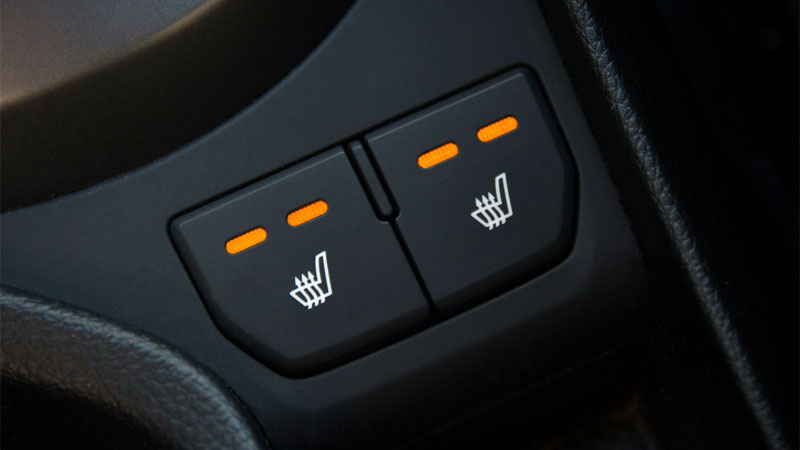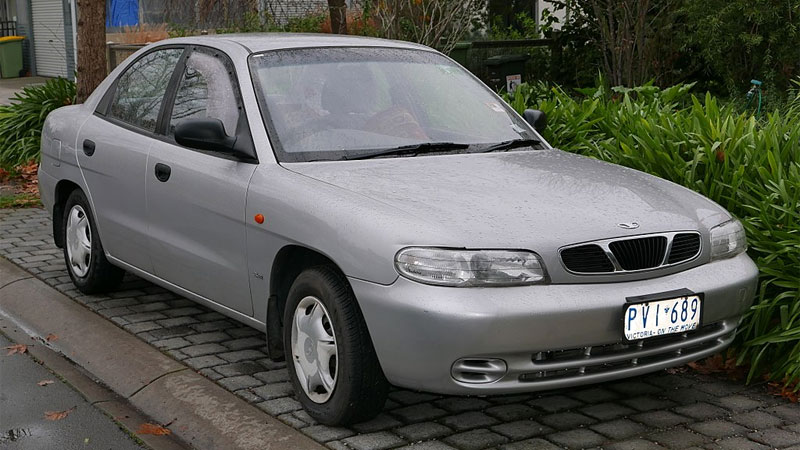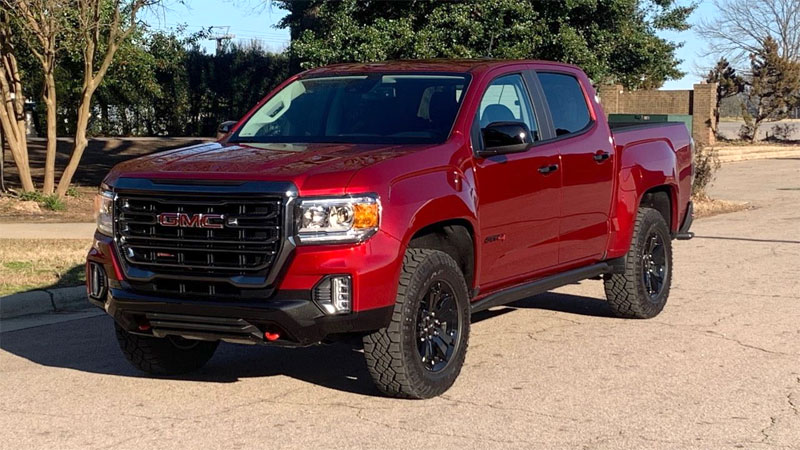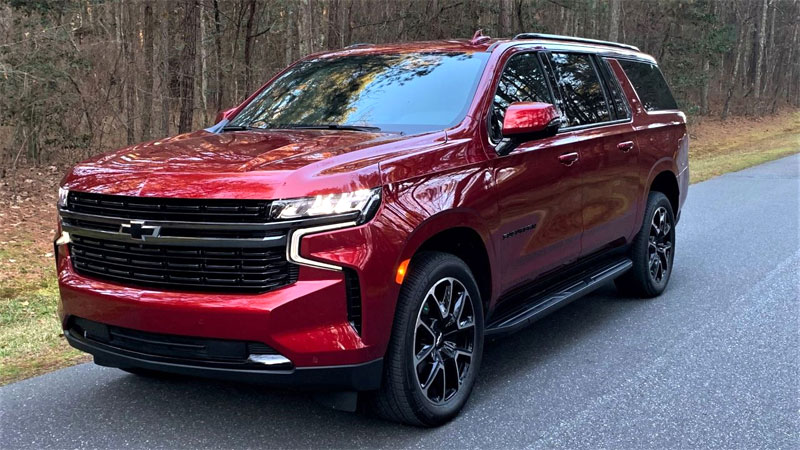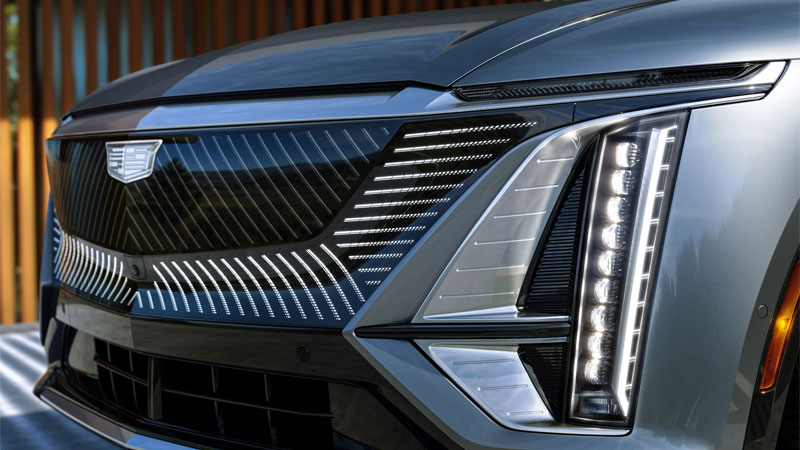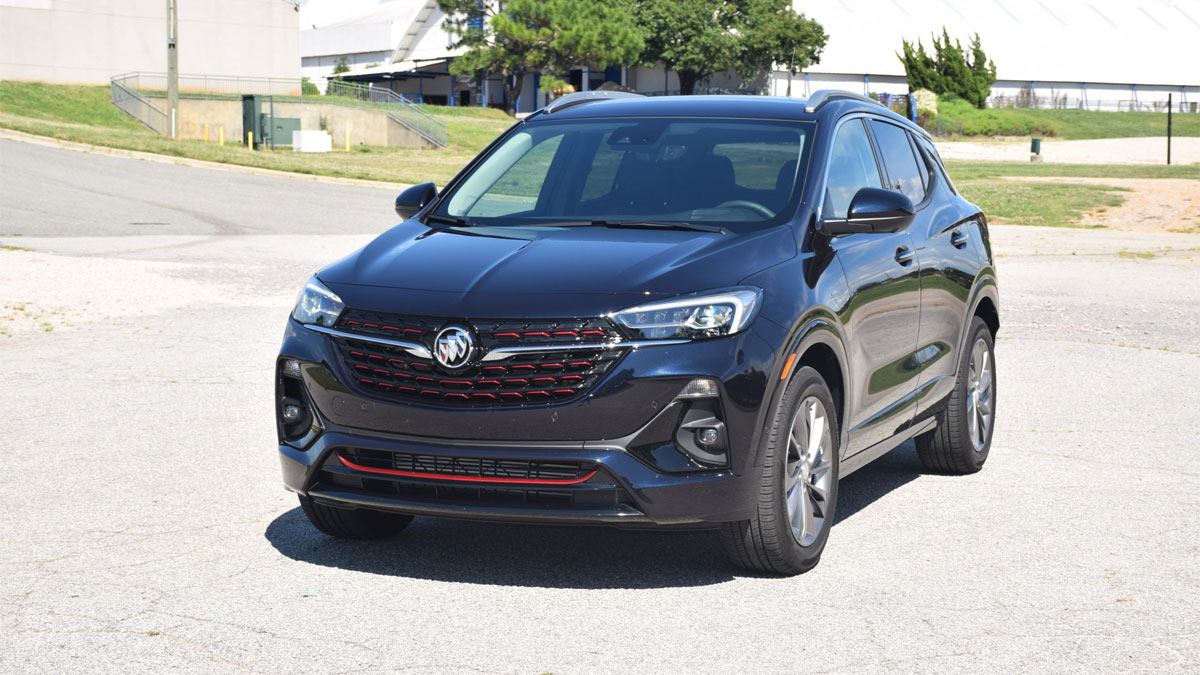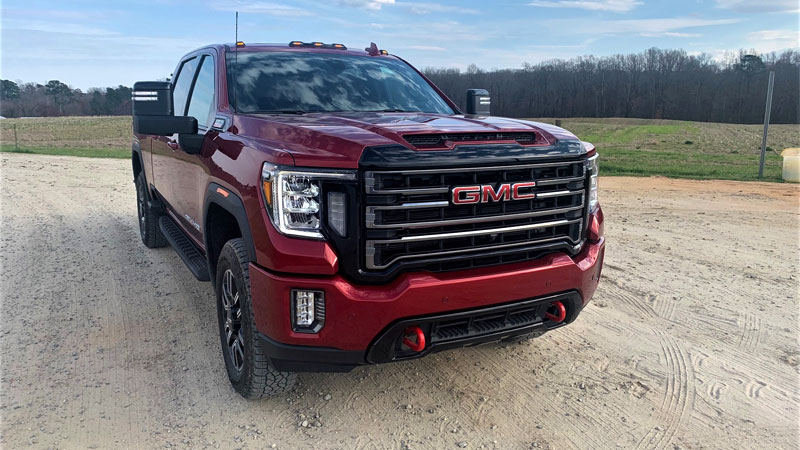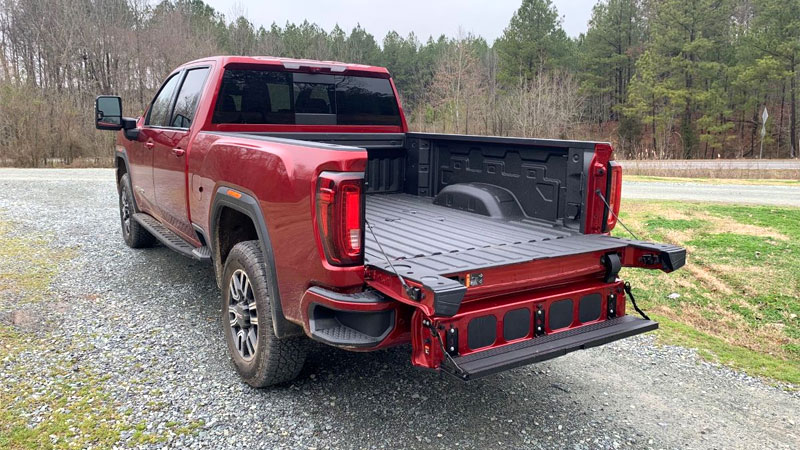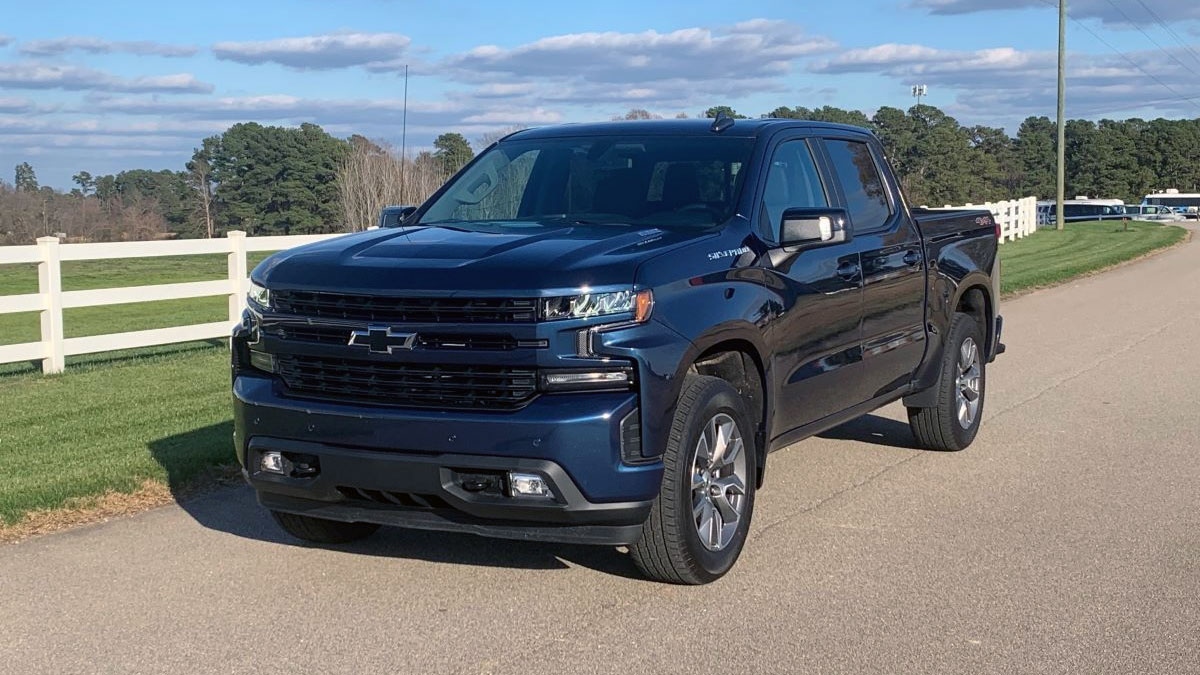Heated Seat Subscriptions and Other Tomfoolery
Car manufacturers are pushing subscriptions on buyers to bolster their bottom lines. If automakers have their way, you may soon pay a monthly charge for heated seats, remote start, infotainment system connectivity, and a host of other features or services included in the upfront price. Yes, tomfoolery abounds in an … Read more

